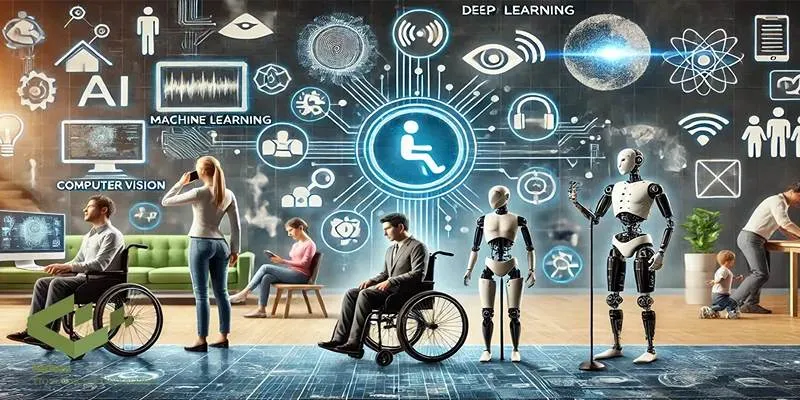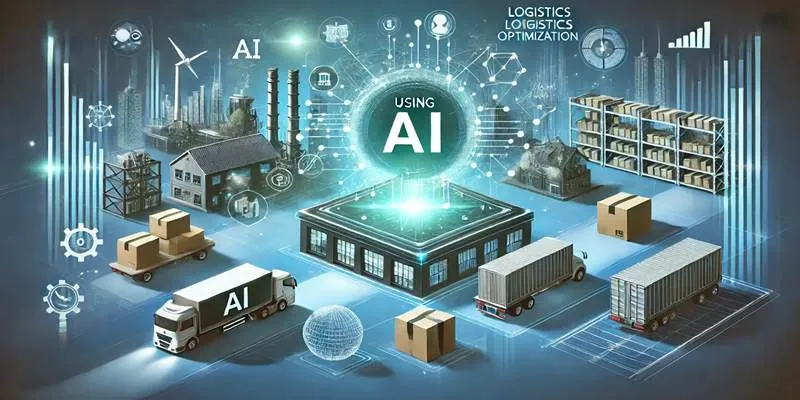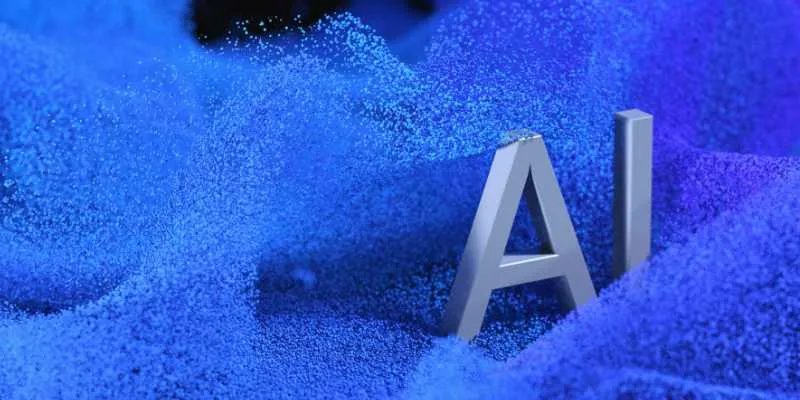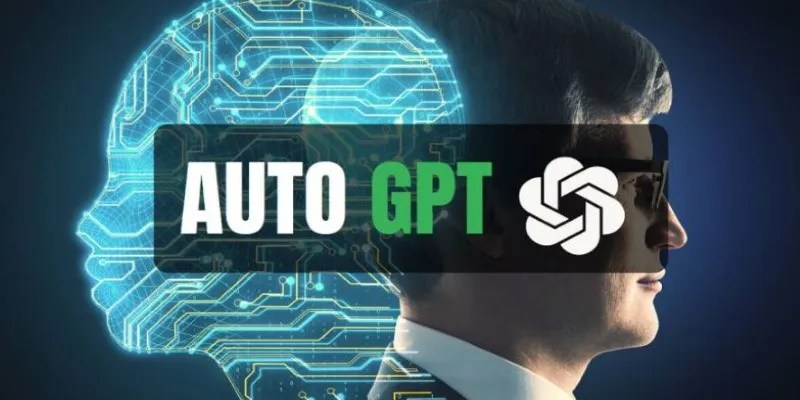Smart homes are no longer just futuristic concepts. Every day, homes are getting smarter as devices like smart lighting, appliances, and thermostats become more prevalent. However, as these devices increase in number and complexity, the need for maintaining them efficiently also grows.
This is where AI-powered predictive maintenance comes into play. It identifies potential issues before they occur, ensuring your smart home operates smoothly without unexpected breakdowns. Let’s delve into how Artificial Intelligence is revolutionizing the maintenance of smart devices.
What Is Predictive Maintenance in Smart Homes?
Predictive maintenance involves using real-time data and advanced algorithms to predict when a device is likely to fail. Rather than waiting for a malfunction, the system identifies patterns or anomalies that may indicate future issues.
In smart homes, predictive maintenance ensures devices function optimally, preventing problems before they arise, minimizing downtime, and avoiding unnecessary costs.
Role of AI in Predictive Maintenance
Artificial Intelligence enhances predictive maintenance by allowing smart home systems to learn device behaviors over time. AI can detect subtle changes and trigger timely actions or alerts.
Before the integration of AI, maintenance was primarily reactive or scheduled. Devices were either repaired after failure or serviced at fixed intervals, regardless of their condition. AI transforms this process by making maintenance both efficient and personalized.
Key Functions of AI in Predictive Maintenance:
- Real-time monitoring : AI continuously analyzes data from device sensors to track performance.
- Anomaly detection : It identifies irregular behaviors or unusual activities in device operations.
- Failure prediction : AI uses historical data to accurately forecast potential faults.
- Automated alerts : AI generates notifications or suggestions when actions are necessary.
- Self-improvement : Algorithms become smarter over time by learning from past performance trends.
This intelligent approach extends device lifespan while minimizing user intervention.
Smart Home Devices That Benefit the Most
While predictive maintenance can be applied to almost any connected device, some benefit more due to frequent usage or operational complexity.
Devices That See the Greatest Improvement Through AI-Powered Maintenance:

- Smart HVAC systems : Detects airflow or compressor issues before complete failure occurs.
- Connected refrigerators : Monitors temperature consistency and component wear.
- Voice-controlled assistants : Identifies performance lags or connectivity drops.
- Smart lighting systems : Tracks bulb performance and control system errors.
- Security devices : Detects faults in motion sensors, battery levels, or storage issues in cameras.
These devices are crucial for maintaining comfort, safety, and efficiency in a household. AI-powered predictive maintenance ensures they function without interruption.
Real-World Scenario: Predictive Maintenance in Action
Consider a smart air conditioning unit connected to an AI-powered monitoring system. Over time, the AI detects a gradual decrease in cooling performance and a slight increase in energy consumption. Rather than waiting for the unit to fail on a hot summer day, the system alerts the user:
“The AC unit is performing below expected efficiency. Consider cleaning or replacing the air filter. A technician visit may be required.”
This proactive alert allows the homeowner to address the issue early, saving on energy costs and preventing a complete breakdown. This principle can apply to many smart devices, making predictive maintenance an invaluable feature in modern homes.
Benefits of AI-Powered Predictive Maintenance in Smart Homes
Using AI for predictive maintenance offers both practical and long-term advantages. It enhances smart home functionality and simplifies users’ lives.
Key Advantages Include:
- Reduced maintenance costs : Early problem detection prevents expensive repairs or replacements.
- Extended device lifespan : Proper maintenance ensures devices last longer, providing better returns on investment.
- Energy efficiency : Identifying performance inefficiencies helps reduce energy consumption.
- User convenience : Automated alerts eliminate the need for manual checks or scheduled inspections.
AI plays a critical role in enhancing the overall user experience in smart homes.
Technologies That Enable Predictive Maintenance

Predictive maintenance relies on a combination of technologies working together. AI is the core engine, supported by other systems for effective functioning.
Technologies Involved Include:
- IoT Sensors : Installed in smart devices to gather performance data like temperature, vibration, and usage.
- Cloud Storage : Stores large volumes of data for analysis and historical comparison.
- Machine Learning Algorithms : Detect trends and patterns in device behavior.
- Edge Computing : Enables real-time processing directly on devices for faster response.
- Maintenance Dashboards : Interfaces for users to view alerts and maintenance suggestions.
These technologies form a network that allows AI to make precise predictions and timely recommendations.
Potential Challenges and Considerations
While AI-based predictive maintenance offers considerable benefits, there are challenges for both manufacturers and users to consider.
Common Challenges Include:
- Data privacy : Devices collect and store sensitive user data, raising security concerns.
- Device compatibility : Not all smart home products support predictive maintenance.
- Initial investment : Smart systems with AI capabilities may have higher upfront costs.
- Technical complexity : Some users may find it difficult to understand alerts or act on recommendations.
Manufacturers are continuously working to make these systems more secure, affordable, and user-friendly to encourage wider adoption.
Conclusion
AI is transforming how smart home devices are maintained. By shifting from reactive to predictive maintenance, homeowners gain better control, reliability, and improved efficiency across their systems. Through continuous learning, real-time monitoring, and data-driven alerts, AI ensures that smart devices perform optimally without constant manual oversight. Whether it’s preventing an HVAC failure or optimizing energy usage in lighting systems, predictive maintenance powered by AI offers a smarter solution to everyday challenges.
 zfn9
zfn9























